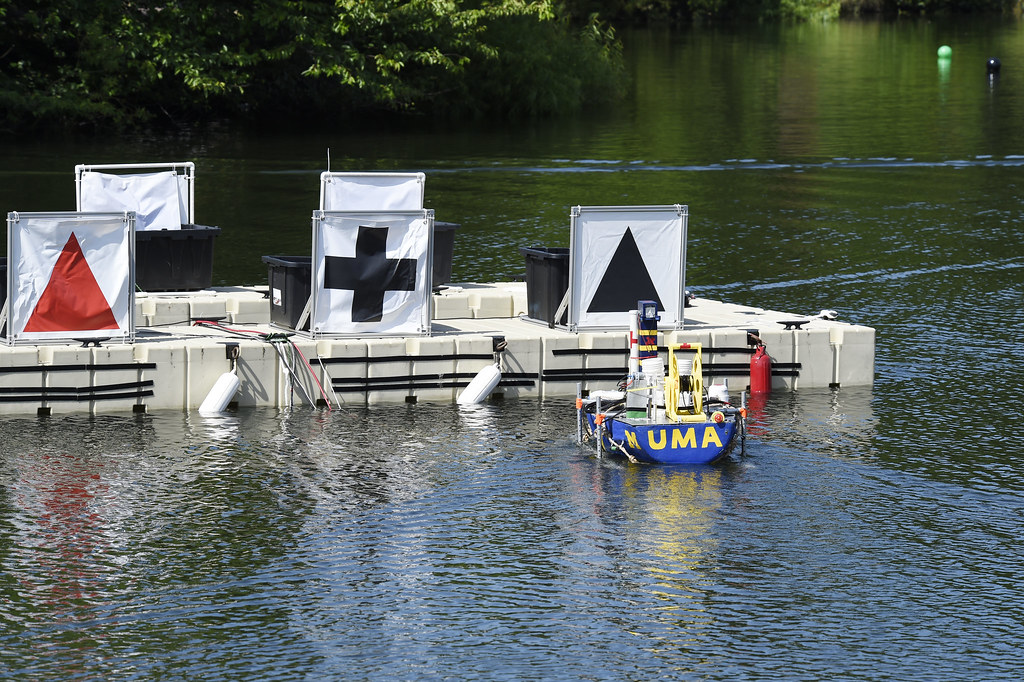Wouldn’t it be nice sailing around in an unmanned vessel? Though the thought of this is scary at first, research has been underway. The objective is simple, creating a vessel capable of transversing the waters without supervision. Such a vessel would open a whole new world of water transportation. Looking at the companies involved, it is safe to say that when the fleets of autonomous sea vessels finally roll out, they would focus on the cargo, surveillance, and defense sector.
So, are we going to be seeing this kind of boat in operation anytime soon? To answer this, let us have a look at the autonomous boats currently available.
Artemis Technology’s Passenger Ferry
Artemis’s passenger ferry is a fully submerged autonomous hydrofoiling vessel. With its zero-emissions maritime technology, Artemis aims at creating a sea vessel that would reduce the amount of air pollution in the waterways. This project stater in September 2020 and is stipulated to end in March 2024. With Artemis being a well-known name in this sector, we look forward to the end product.
Mayflower Autonomous Ship
Mayflower Autonomous Ship was first initiated by Mayflower partnering with IBM. The result of this collaboration was an autonomously driven vessel that has already gone 3,349 miles without an onboard crew. The vessel has 30 onboard sensors responsible for gathering data and 15 edge devices responsible for analyzing data. IBM and Mayflower have been working hard to create an AI captain that has the ability to recognize, build a plan and then act on that plan. The original design has the following features.
- A lightweight body made of aluminum and composite materials
- Ability to process data on its own
- A solar-powered system
- An AI captain
- A cargo area that can hold up to 700kg of load
- Dual electric motors to run the propellers.
Looking into the future, we hope to see more and more prototypes.
Roboat
Roboat, a self-driving boat is one of the leading autonomous sea vessels around. It has parts coming from Vetus, Torqeedo, Murata, and Stomer. Roboat is being put together by MIT and AMS Institute. Currently, the Roboat has a range of about 75KM and a speed of 12KM/H. Apart from being able to travel with no activated crew members, the Roboat has other amazing features like the following.
Advanced Obstacle Avoidance
The Roboat system constantly compensates for external factors that influence the boat’s direction like wind, current, and waves. All the information is evaluated and integrated by the mission control. This helps the boat define its mission and translate it into a specific path.
Automated Docking
Roboat can autonomously steer and latch itself to appropriate docking stations.
Other Autonomous boats available include the following
- Wave Glider from Liquid Robotics
- SailBuoy
- Saildrone
- Vaimos (Voilier Autonome Instrumenté pour Mesures Océanographiques de Surface)
More research is being made on how to improve the safety, range, and speed of these boats. It might not be too long before we witness an autonomous boat in full operation.

